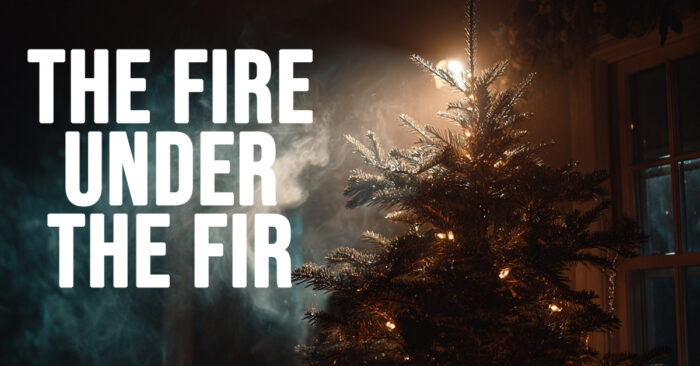The First Airports and Early Air Travel

The First Airports and Early Air Travel
You may not realize that commercial flying is a relatively new experience. We are aware that commercial airports are barely 100 years old. In the United States, the oldest airport still in operation is in College Park, Maryland. It was opened in 1909 and Wilbur Wright himself taught aviators there. While not the first airline to operate, the oldest airline still operating in the United States is Delta Airlines, which started in 1925. Delta started as crop dusters in Georgia named Huff Daland Dusters.
Today’s modern major airports are large open spaces with dining, giant parking facilities, and even some contain hotels and shopping. But what were airports like in those early days?
Many of the first airfields weren’t considered permanent, but were relatively flat, smooth surfaces that could be used to land and take off. These included racetracks, golf courses, farms, and fairgrounds. Early airfields had few if any comforts. Nor did early airplanes. These early places were loud and uncomfortable. Speeds could only reach about 100 mph, and they had to be refueled often. Lack of insulation often made flying a frigid experience.
As commercial travel began to expand, both airports and airplanes began to improve. Some early airlines began to construct their own airports in the late 1920s and thirties. Local businesses, who could benefit from increases in air travel, began contributing to airfields, as did governments. Airfields that started with a gravel runway and windsock added hangars, mechanics, towers, and places where passengers could gather before and after departures and arrivals.
In the 1930s, most flights took place during daylight hours, with pilots relying on landmarks and airmarks to determine their location. The 1930s saw the addition of Morse Code and two-way radios that improved air travel.
Air travel really took off in the 1950s with the “jet age” and the introduction of larger airplanes and jets. Even then, however, and into the 1960s, people viewed air travel as an event and often dressed in suits for the experience.
Times change, and it is important to make sure your insurance is keeping up with those changes. Is your home insurance adequate? Are you overpaying for auto insurance? Do you have enough life insurance and is your business insurance adequate? Contact one of our independent insurance professionals for a no-obligation evaluation and price quote today.
Do you have questions about your insurance? Find an insurance agent near you with our Agent Finder
Search All Blogs
Search All Blogs
Read More Blogs
Tinsel and Tropes: A Cozy Look at Why Classic Christmas Movie Moments Endure
From Zuzu’s petals to the leg lamp: Dive into the nostalgic tropes and timeless comfort of our favorite classic Christmas films.
The Silent Season: Securing Inventory and Operations During Christmas and Year-End Closures
Closing the shop for the holidays? Key business insurance checks for protecting vacant property and high-value inventory from theft and winter damage.
The Most Sustainable Gift: Life Insurance and the Value of Income Continuation Planning
Life insurance ensures the Christmas cheer continues. Practical tips on using income continuation math to calculate the right term policy size for your family.
From Home to Holiday: Securing Your Christmas Road Trip Auto Coverage Checklist
Heading over the river and through the woods? Your Christmas road trip needs an auto insurance checkup, focusing on roadside assistance and UIM coverage.
The Fire Under the Fir: Insuring Against Christmas Tree Calamity and Holiday Fire Risk
Don’t let a dried-out tree ruin Christmas. Essential home insurance tips for fire safety, electrical risk, and candle liability during the holiday season.
Cozying Up: Embracing the Danish Art of Hygge for a Stress-Free December
Banish the December chaos! A simple guide to adopting Hygge—the Danish concept of cozy contentment—for a truly joyful holiday season.
Tinsel, Traffic, and Transactions: Insuring Your Business Against December’s Holiday Rush Risks
Don’t let the holiday rush expose your business. A guide to essential commercial insurance coverages for increased sales, foot traffic, and cyber threats in December.
The Ultimate December Gift: Why Life Insurance is the Most Important Present You’ll Ever Give
Forget the gadgets; life insurance is the real gift of security. A timely look at protecting your family’s future during the season of giving.
Skids, Slush, and Safety: How Your Auto Insurance Navigates the December Driving Nightmare
Essential auto insurance checks and tips for safe, claim-free driving through December’s challenging winter weather and holiday traffic.
Snowed In, Safely Covered: A December Guide to Home Insurance and Winter Preparedness
Don’t let winter woes ruin your holiday cheer. Essential tips on home insurance coverage for snow, ice, and festive accidents.









